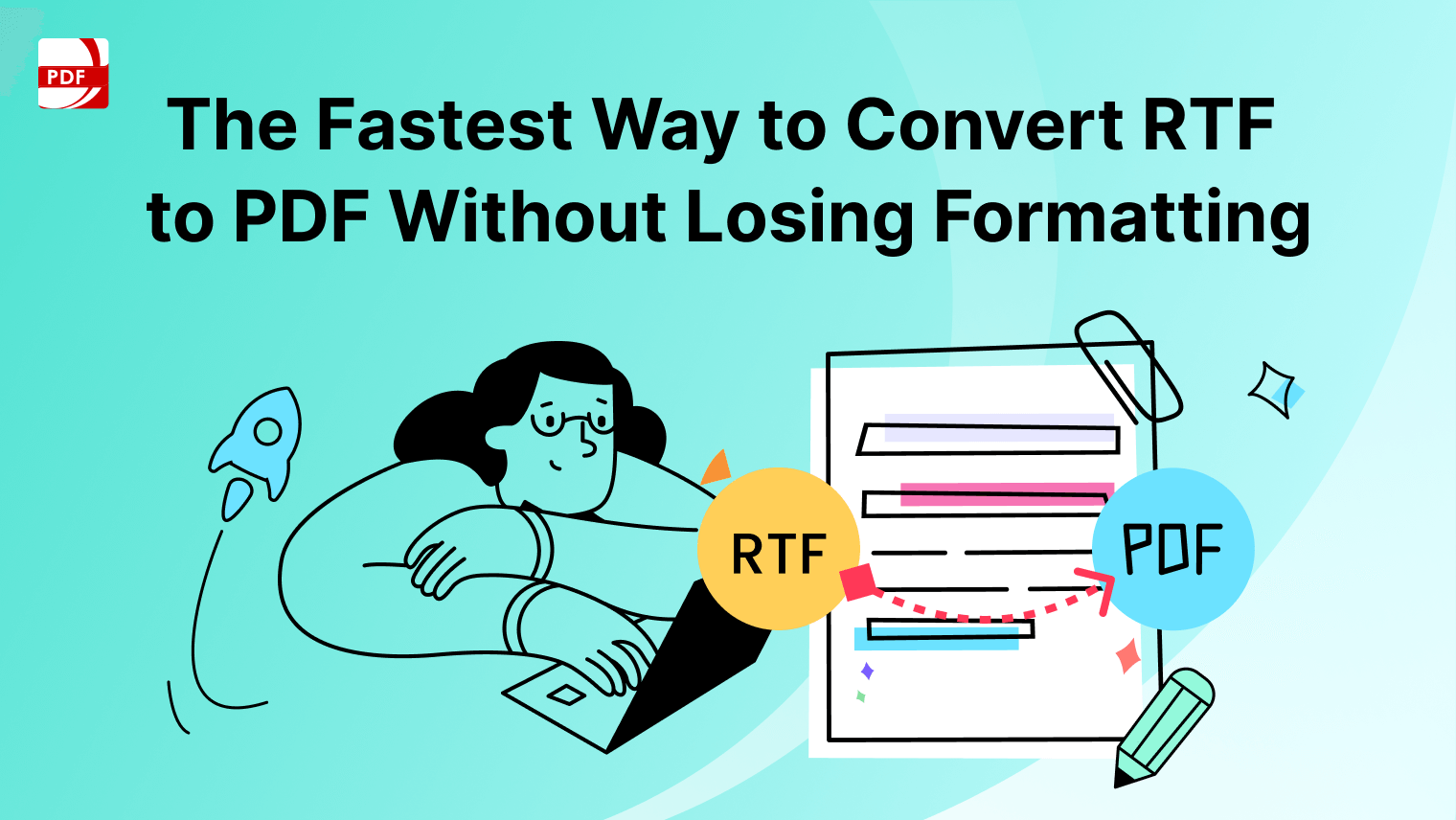Here’s a step-by-step guide on how to fill out and customize the table of contents template by following the structure of the example you provided:
Creating a table of contents (TOC) is a quick way to help readers navigate through your document. Whether it's for a report, thesis, or ebook, a well-organized TOC makes it easier for your audience to find what they need.
Key Sections
- Document Title:
This is where you add the title of your document, which will appear at the top of the Table of Contents. - Section Headings:
Each section heading corresponds to a different chapter or part of the document. These should be formatted to match the styles of your document. - Page Numbers:
Next to each section heading, include the page number where that section starts. Make sure these numbers are aligned to the right for easier readability. - Subheadings (if applicable):
If your document includes subsections, add them under each section heading with corresponding page numbers. These should be indented slightly to differentiate them from the main sections. - Template Customization Options:
Many TOC templates allow customization, such as adjusting fonts, styles, and margins to suit your needs. This is important for maintaining consistency throughout your document.
"If a book has no index or good table of contents, it is very useful to make one as you are reading it"
A prolific science fiction writer
Source: LinkedIn
Tips and Tricks for Writing a Table of Contents
Here are some useful tips and tricks for writing a clear and effective Table of Contents:
Download a Table of Contents Template
Using a customizable template is an excellent way to streamline this process, giving you the flexibility to focus on your content while maintaining a professional appearance. The template serves as a valuable tool that simplifies creating a well-structured TOC, saving you time and effort.
If you're looking to make document creation even easier, consider downloading the template. It’s an efficient solution that will help you organize complex documents, making them more accessible for your readers.
Fill Out and Customize the Template
"Nobody requires a table of contents. Nobody requires that one page leads to the next page, we're okay being surprised by things that are eclectic"
Author of #GirlBoss
Source: LinkedIn
Common Mistakes to Avoid
Creating a table of contents (TOC) is essential for guiding readers through your document, but certain errors can undermine its effectiveness. Here are some common mistakes and how to avoid them:
1. Inaccurate Page Numbers
One of the most frequent issues is having page numbers that don’t match the actual content locations. To prevent this, always use automated tools like those in Microsoft Word or Google Docs to generate your TOC. This ensures that page numbers update automatically when you make changes to your document.
2. Overloading with Subheadings
Including too many levels of subheadings can make your TOC cluttered and difficult to navigate. Limit your TOC to main sections and a few key sub-sections. This keeps it clean and easy for readers to find what they’re looking for without feeling overwhelmed.
3. Inconsistent Formatting
Using different fonts, sizes, or styles for various sections can make your TOC look disorganized. Maintain a consistent format throughout your TOC, matching the style of your document’s headings. This uniformity enhances readability and gives your TOC a professional appearance.
4. Neglecting Updates After Revisions
Failing to update your TOC after editing your document can lead to discrepancies between the TOC and the actual content. Always refresh your TOC after making significant changes to ensure that all headings and page numbers are accurate.
5. Vague or Unclear Headings
Headings that are too vague or not descriptive enough can confuse readers about the content of each section. Use clear and specific titles that accurately reflect the information contained within each section, helping readers understand what to expect.
Additional Tips for an Effective Table of Contents Template
1. Use Hierarchical Organization
Structure your TOC in a clear hierarchy, with main sections and sub-sections appropriately indented. This organization helps readers quickly grasp the layout of your document and navigate to the sections they need.
2. Maintain Readability
Choose fonts and sizes that are easy to read. Avoid overly decorative fonts that can distract from the content. Ensure there is enough spacing between lines and entries to make the TOC easy on the eyes.
3. Align Page Numbers Properly
Right-align page numbers to create a clean and organized look. This alignment makes it easier for readers to scan the TOC and find the page numbers associated with each section quickly.
4. Incorporate Visual Cues
Use leader lines (dots connecting the section titles to the page numbers) to guide the reader’s eye from the heading to the page number. This small visual aid can significantly enhance the navigability of your TOC.
5. Customize to Match Your Document’s Style
Adjust fonts, colors, and spacing in your TOC to align with the overall design of your document. Customization ensures that your TOC complements the rest of your content and maintains a cohesive look.
6. Legal Considerations
When creating a TOC for legal documents, accuracy and compliance with legal formatting standards are paramount. Ensure that all sections, clauses, and appendices are correctly listed with precise page numbers.
Additionally, be aware of any specific formatting requirements dictated by legal guidelines or the nature of the document, such as contracts, case studies, or agreements.
Properly formatted legal TOCs not only enhance professionalism but also ensure that the document meets all necessary legal standards.
By avoiding these common mistakes and implementing these additional tips, you can create a table of contents that is both effective and professional, greatly enhancing the usability and presentation of your document.
Download PDF Reader Pro
ReaWith PDF Reader Pro, not only can you view and edit PDF documents, but you can also easily customize bookmarks to create unique and stylish designs for your reading experience.
Get Started with PDF Reader Pro Today!


